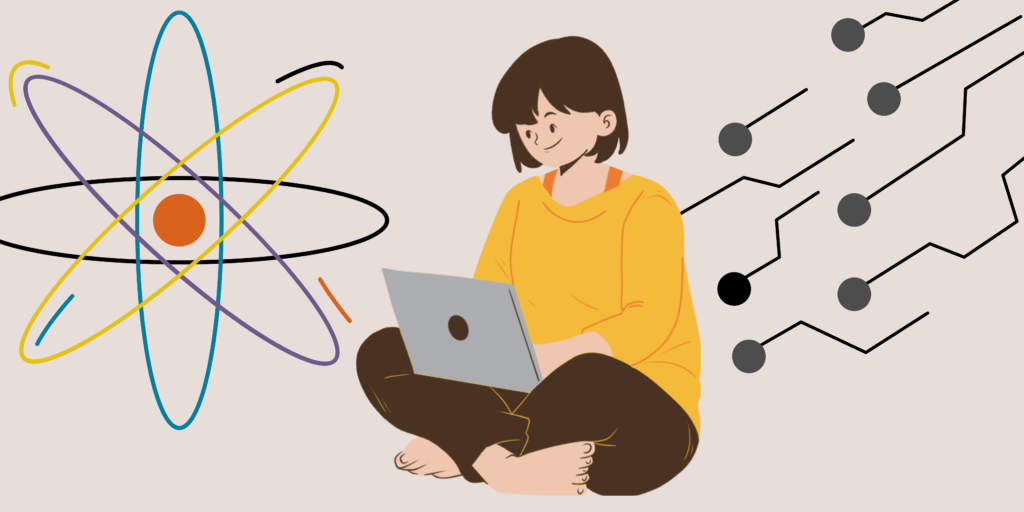In the context of image processing, what does the term “edge detection” mean?
The process of edge detection is like highlighting an object’s outlines in an image. It is a technique used in image processing to identify boundaries and edges, revealing the crucial details that characterize the structures and forms.
What role does edge detection play?
Think of it as drawing the outline of a coloring book’s shapes. The process of edge detection helps computers visually recognize and comprehend object edges in images, which is important for tasks like object recognition and artificial vision technologies.
Describe the edge detection process.
Imagine tracing the circumference of a table with your fingertip. Algorithms for edge detection function similarly, detecting changes in color or brightness in an image. These modifications indicate changes from one component to another, exposing the boundaries.
Conventional Methods for Edge Detection:
There are many tools available for edge detection. Among the most popular ones are the Sobel operator, the Canny edge detector, and the Prewitt operator. Every tool uses a different method to identify edges, much like painter’s brushes do.
A common tool in edge detection procedures is the Sobel operator.
Sobel is like scanning an image for differences in color intensity with a special tool. It draws attention to the shapes of objects by enhancing their vertical and horizontal edges.
Smart Edge Detector: Canny functions as an observant detective by using several procedures to recognize edges, minimize interference, and create distinct, well-defined outlines. This method is regarded as one of the most precise approaches to edge detection.
Prewitt, the operator:
Prewitt functions similarly to a shape-outlining stencil. To highlight edges with different orientations, it measures brightness variations along both the vertical and horizontal axes.
What challenges are involved in edge detection?
Finding a needle in a haystack is like edge detection. It has issues with noise, lighting variations, and complex textures, which emphasizes the necessity of choosing the right edge detection method for the given circumstance.
Edge Detection Applications:
In many applications, including face recognition, driverless cars, and medical image analysis, edge detection is essential. Its main purpose is to help these systems sense their environment by identifying the boundaries of various objects.
How can less experienced candidates learn about edge detection?
Gaining knowledge of edge detection involves investigating different edge detection methods as well as understanding the principles of image processing, much like learning a new skill. One can become proficient in this area by working on more difficult tasks after practicing with sample images.
